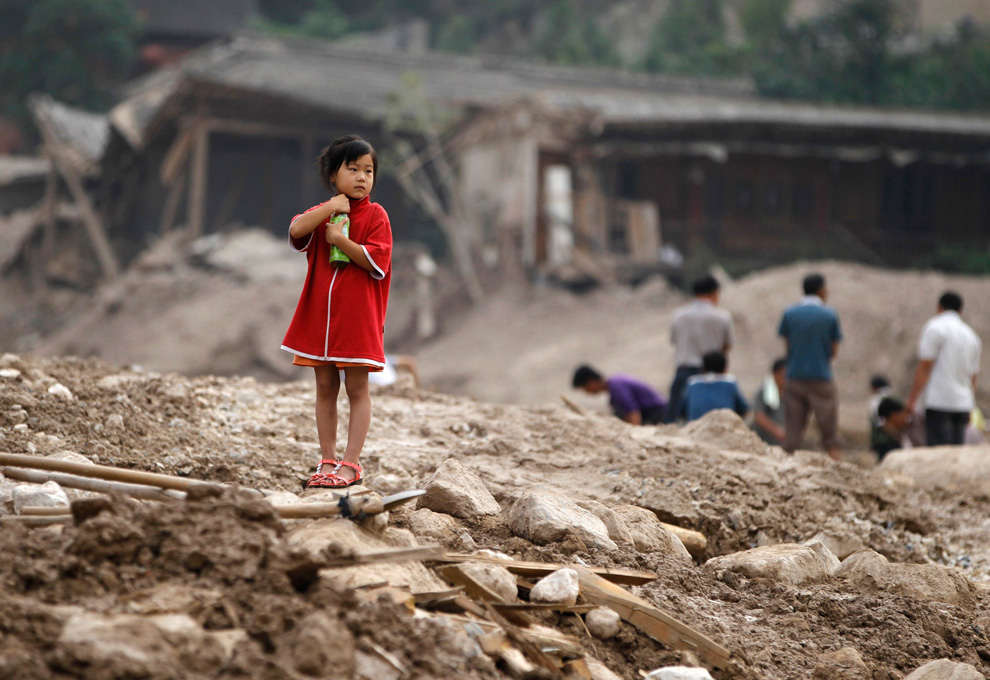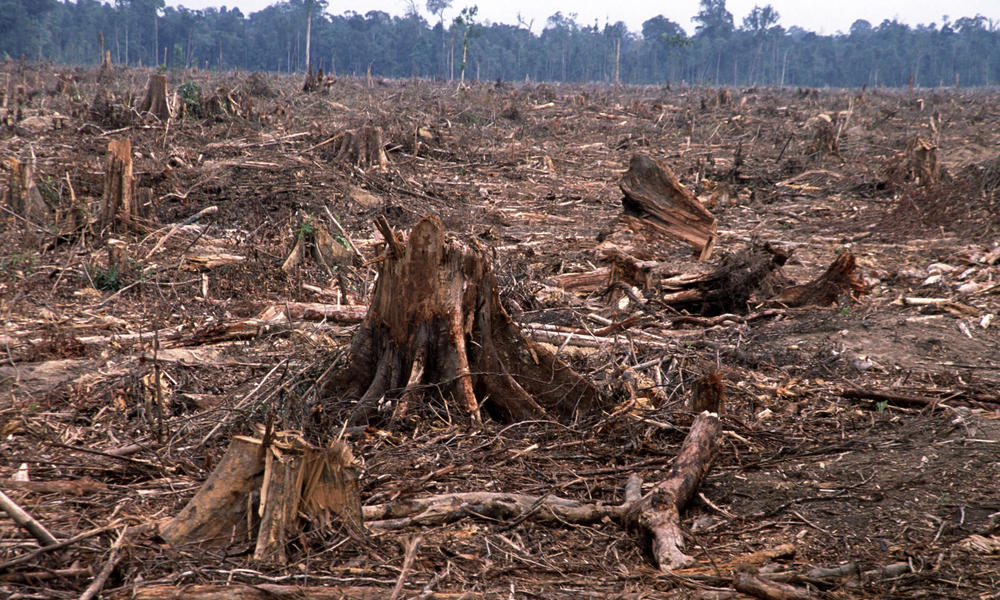1) Write a 50 word response to the documentary that we watched in class on Wednesday. Were you shocked? How did it make you feel? Do you agree with what is being done. (5 marks)
I liked the idea of water conservation and I learned more about the importance of water from the documentary. In Canada, we take water for granted and in many ways, easily misuse it whereas in some underprivileged countries, they have to protest for clean drinking water. I was shocked that many people didn't have easy access to clean water, it made me feel very fortunate and it was also very upsetting because not everyone has the luxury that we do. I was also quite shocked when they said corporates were abusing water resources to make money and leaving the villagers with absolutely nothing. I disagree with what is being done because it is not fair that the villagers cant have access to their own water because of corporations like Coca Cola. I think protesting against large corporations and businesses will be the first step for the villagers to get their clean water back.
 |
2) Look up a water issue in your country. Some of the things that you may come across include:
Privatization of water, water scarcity (not enough), Water pollution, Water exports, salinization (salt water in drinking water). Explain what is happening and why it is an issue. If you cannot find anything you can look at Issues currently facing the state of California. (10 marks)
A water issue in Hawaii is pollution because of the low quality of water that's surrounding the Hawaiian Islands. The water surrounding the Islands are affected by effluents generated and released from the island themselves. Floating garbage is also a problem and refuse from the Great Pacific Garbage Patch is affecting beaches in Hawaii like the Kamilo Beach. From 1919 to 1970, the U.S. military used the ocean as a dumping ground for munitions and the U.S. Army dumped 16,000 mustard gas bombs in deep water 5 miles south of the Pearl Harbor after World War II. This is a large problem because it can affect sea life and people who use the water. The contaminated water can cause people to become ill.The polluted water can negatively impact everything around it.
 |












